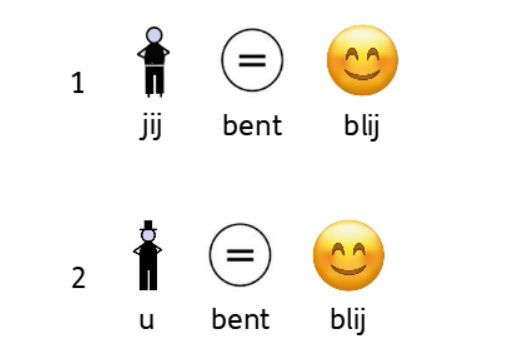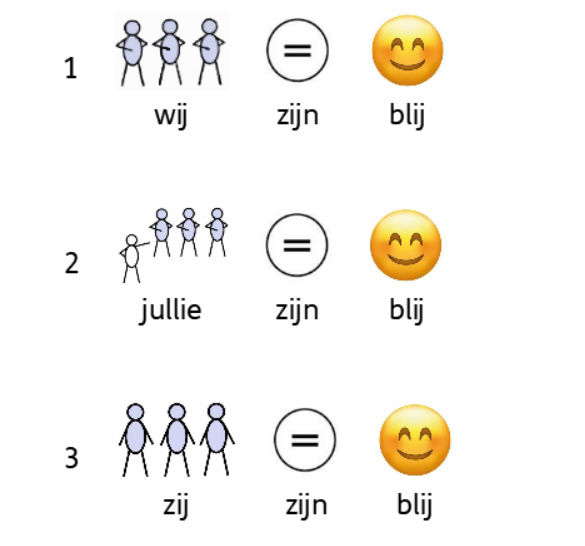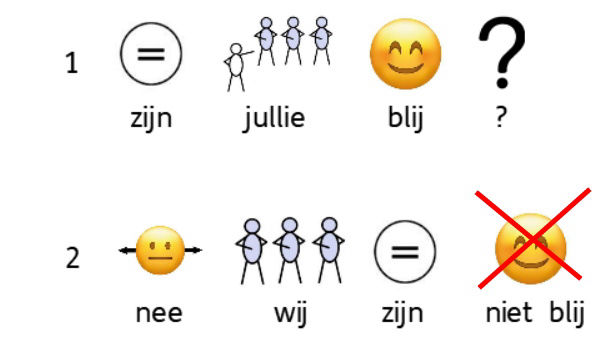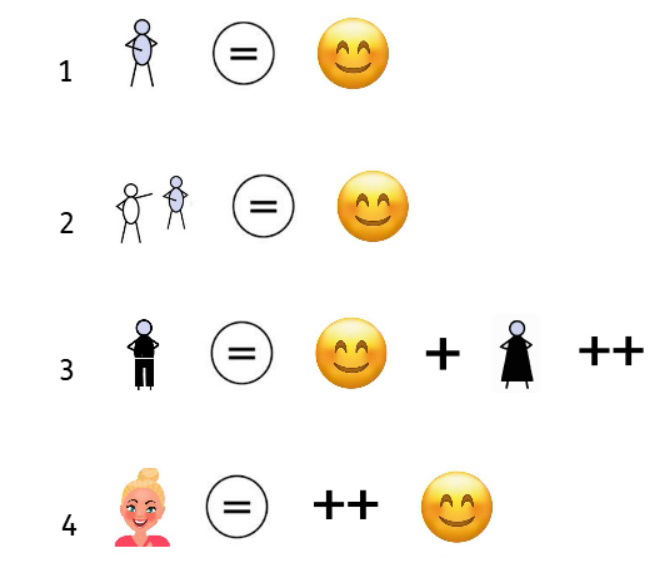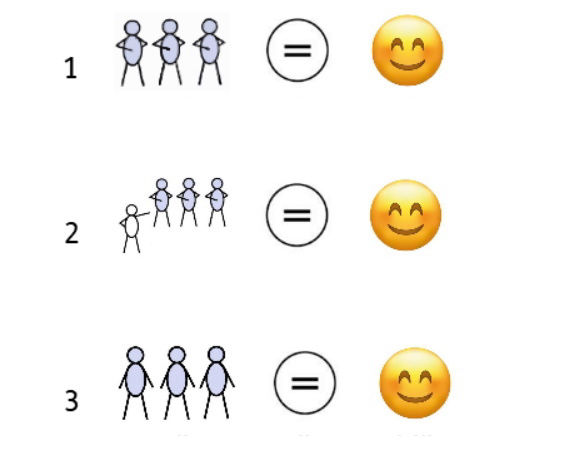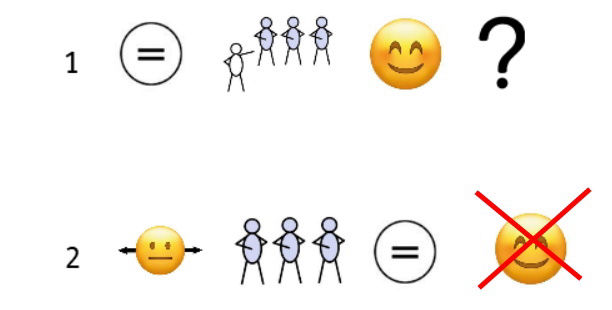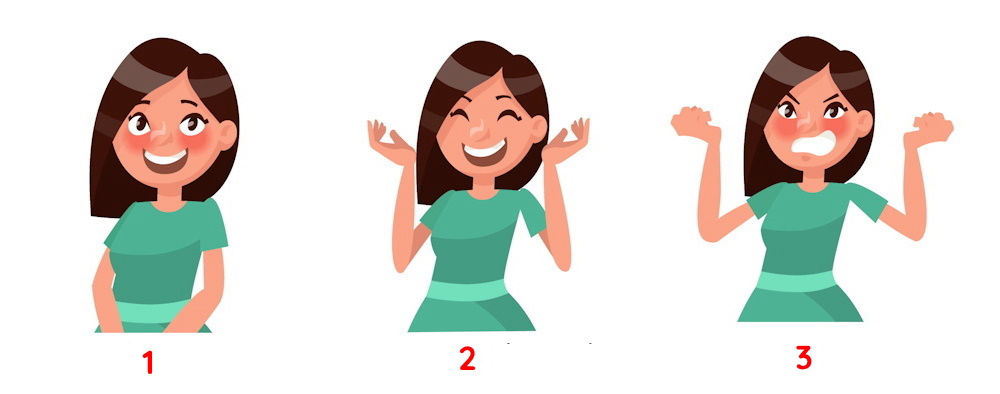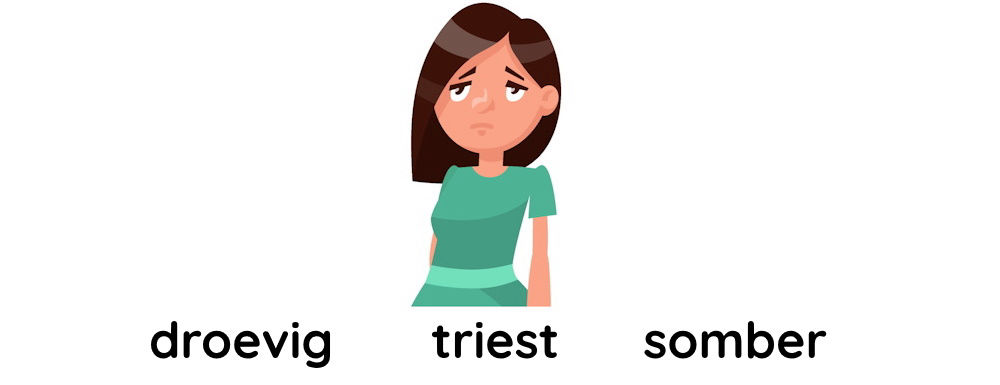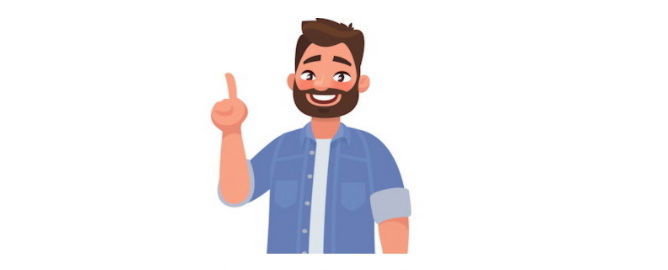
Instruction
Words like I, you, he, she
Words like I, you, he, she, etc. are very important. These words have a specific name. These words are the so-called personal pronouns. In the following sentences we first present these words and then we present them in combination with the verb "to be".
Familiar and polite form
Notice that there is a polite form that can be used to indicate a person or a group (symbol: a person with a head).



